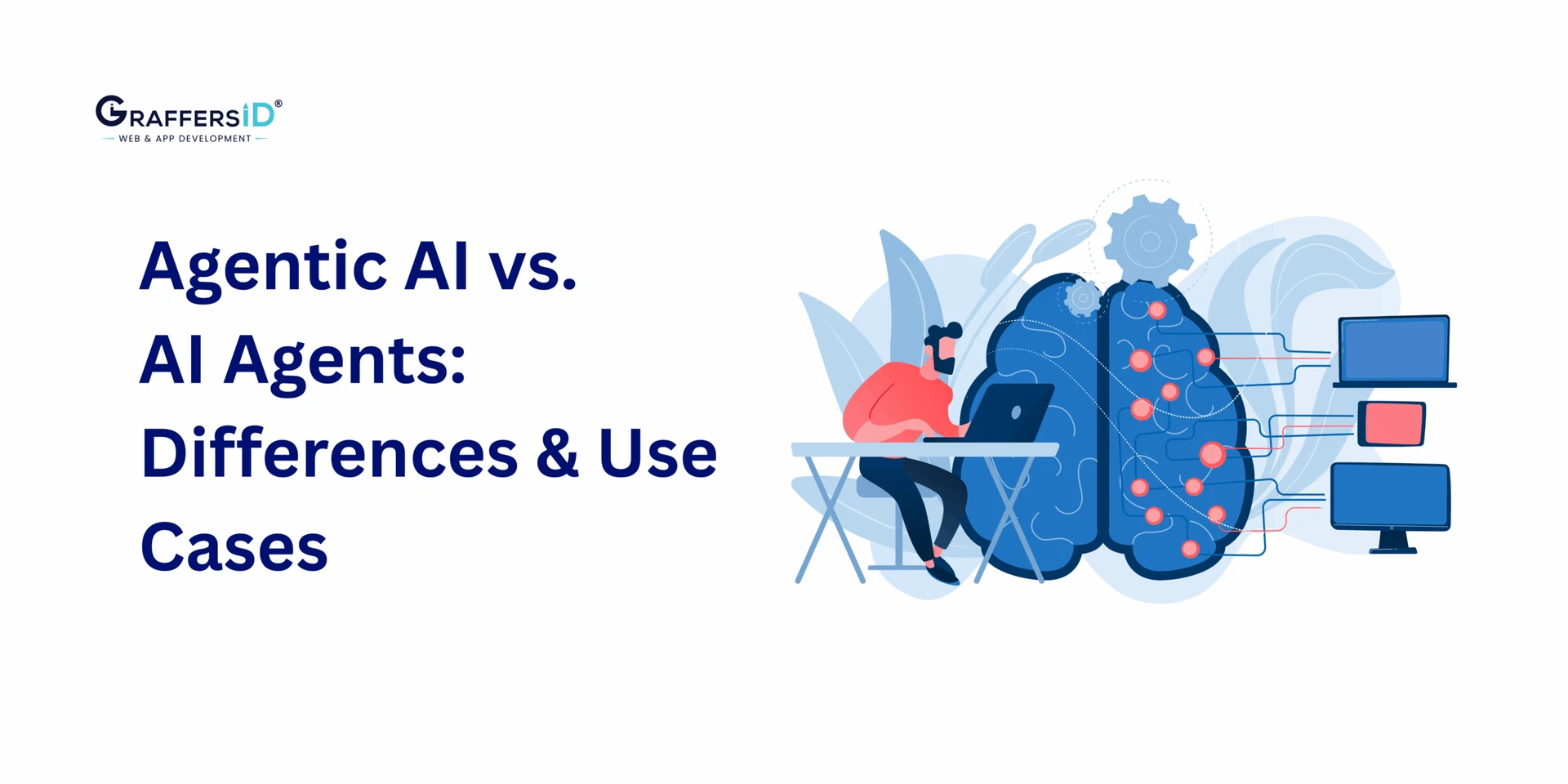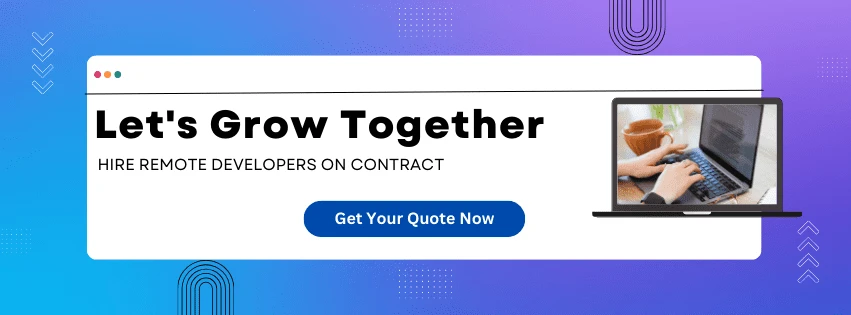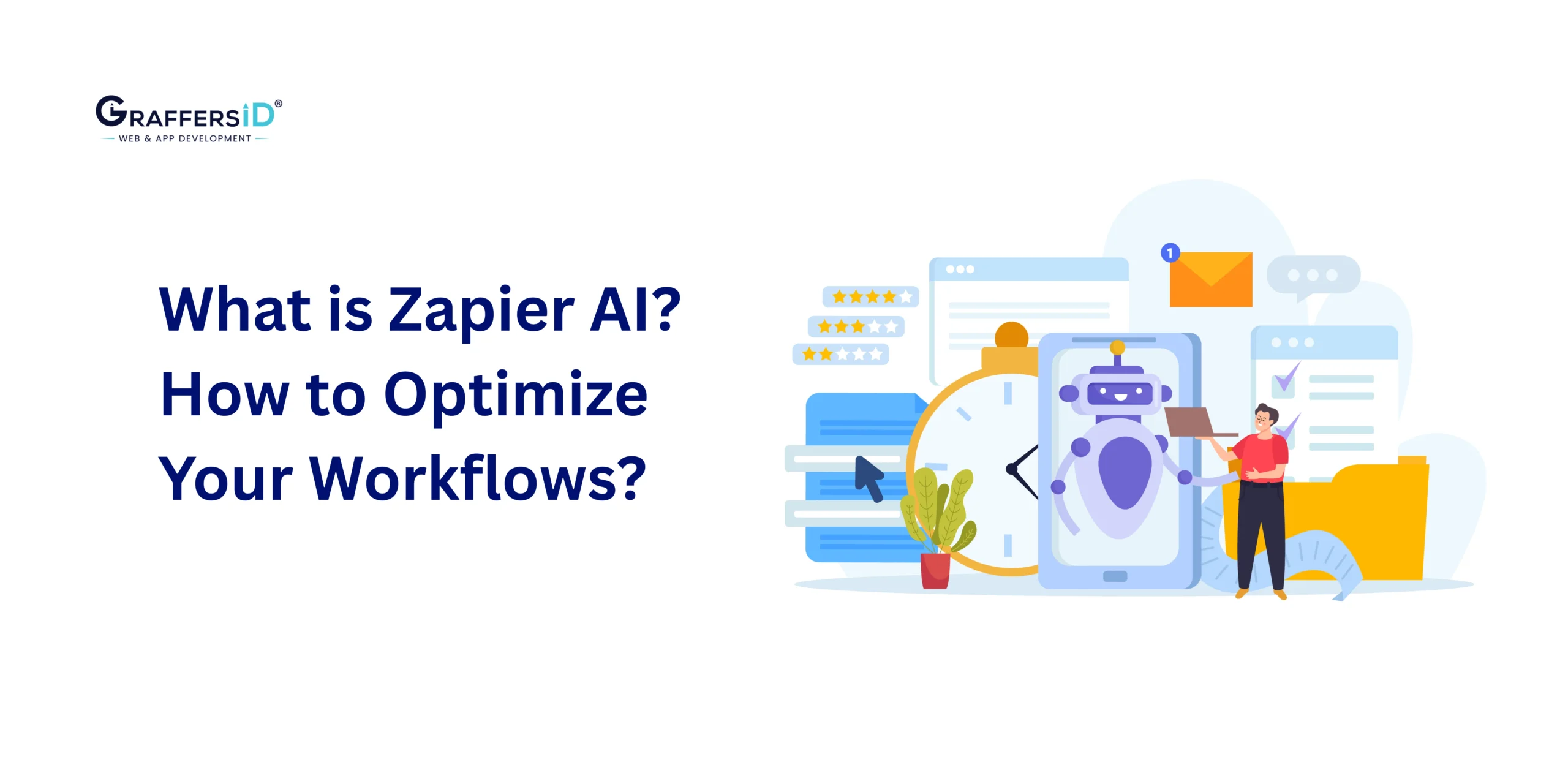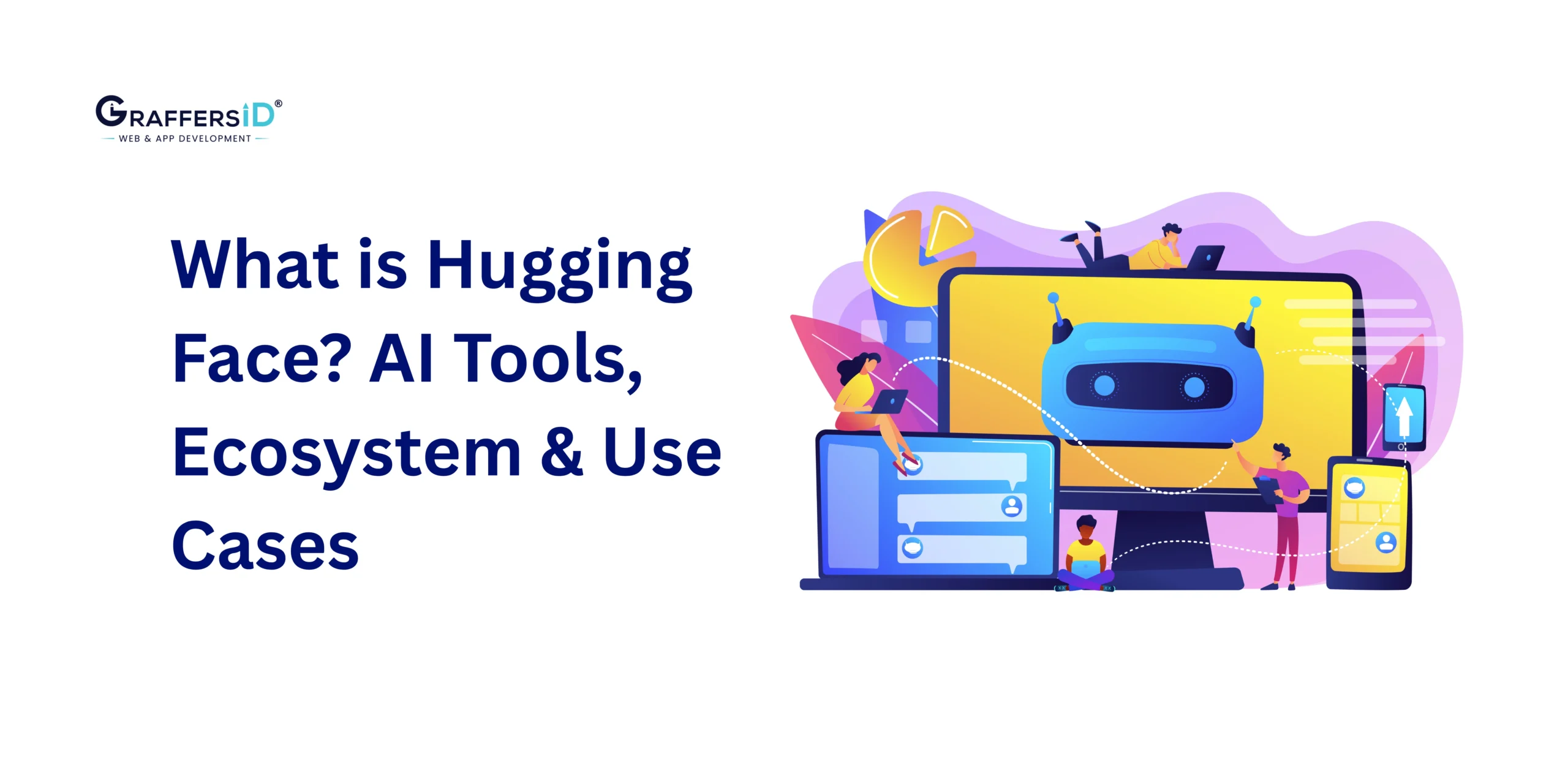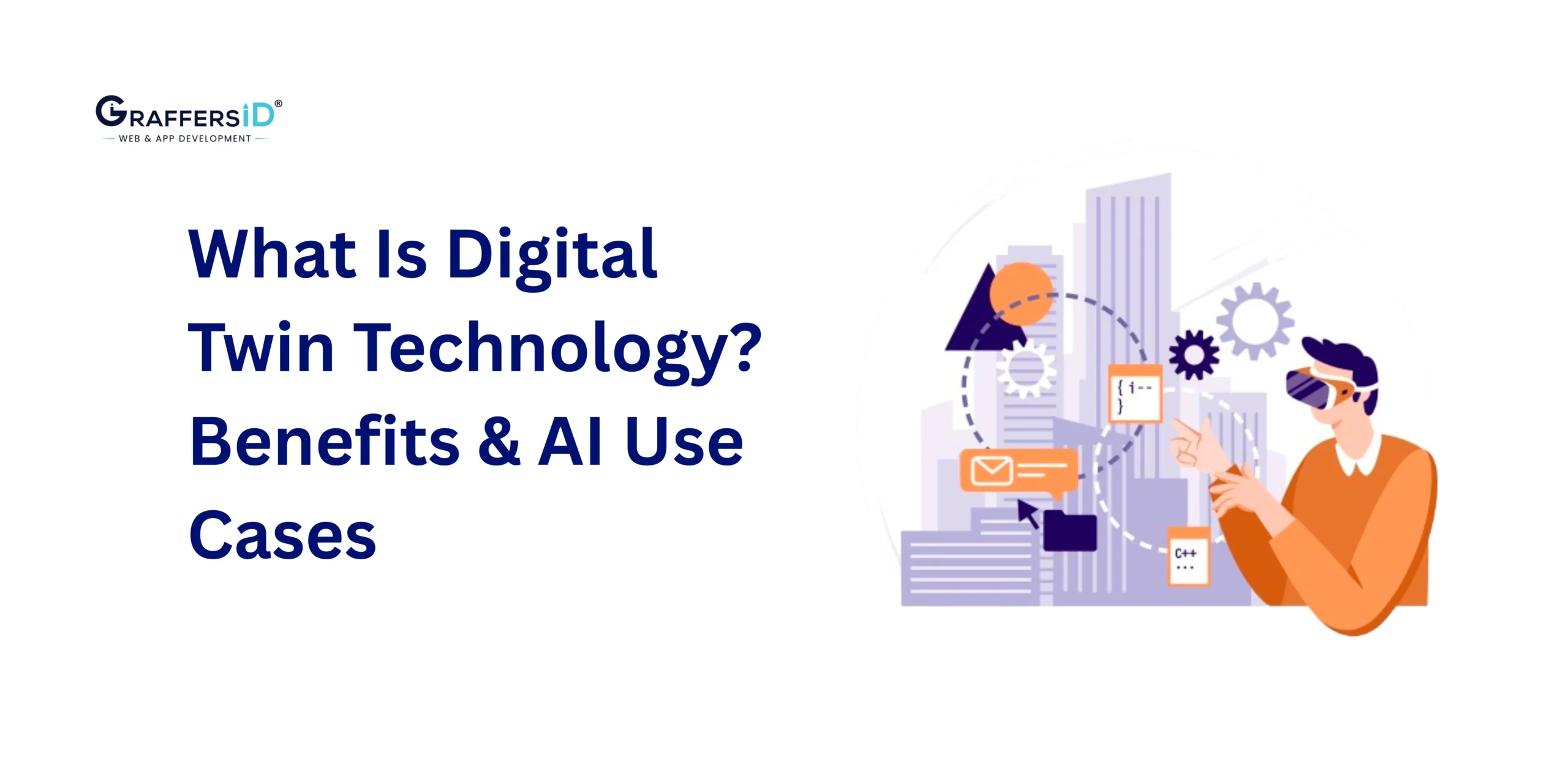The line between Agentic AI and AI agents is getting sharper in 2026. With 82% of companies planning to adopt AI agents in the next three years, knowing the real difference is critical for making the right tech decisions.
At first glance, both terms might sound the same. But in reality, they represent two very different ways of applying artificial intelligence.
- AI Agents act like reliable assistants, great at repetitive, structured tasks.
- Agentic AI behaves more like a strategic partner, autonomous, adaptive, and capable of orchestrating multiple systems with minimal human input.
As AI adoption accelerates, businesses that understand these differences can make smarter choices, save costs, and gain a long-term competitive edge.
In this article, we will discuss Agentic AI vs. AI Agents, with real-world examples, a side-by-side comparison, adoption challenges, and practical guidance for businesses deciding which path to take in 2026.
Understanding the Basics: Agentic AI vs. AI Agents
What Are AI Agents?
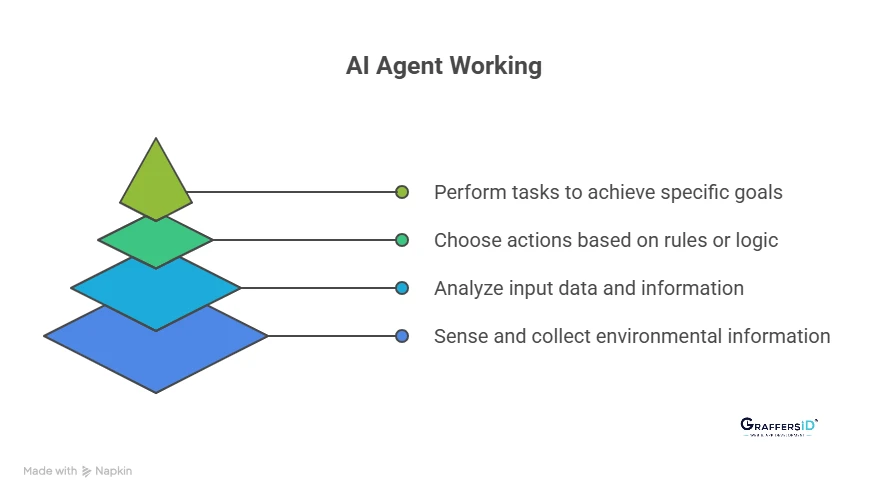
AI agents are software programs that observe their environment, process information, and take actions to achieve specific goals within predefined rules or limits.
Key features of AI Agents:
- Observation: Sense or collect information from their environment.
- Processing: Analyze the input (text, voice, data, or images).
- Decision-making: Follow rules or logic to choose an action.
- Action: Perform a task to achieve a defined goal.
Example: A contact center AI agent can ask customers questions, search knowledge bases, and suggest solutions. If the problem is too complex, it escalates to a human.
Want to dive deeper into AI Agents? Check out our detailed guide on AI Agents here!
AI agents can be:
- Simple chatbots → Rule-based, predictable.
- Advanced assistants → Collaborate with other agents for complex workflows.
Key takeaway: AI agents are reactive specialists. They execute tasks efficiently but lack independence.
Examples:
- Customer service chatbots
- IT support bots
- Enterprise workflow assistants
What is Agentic AI?
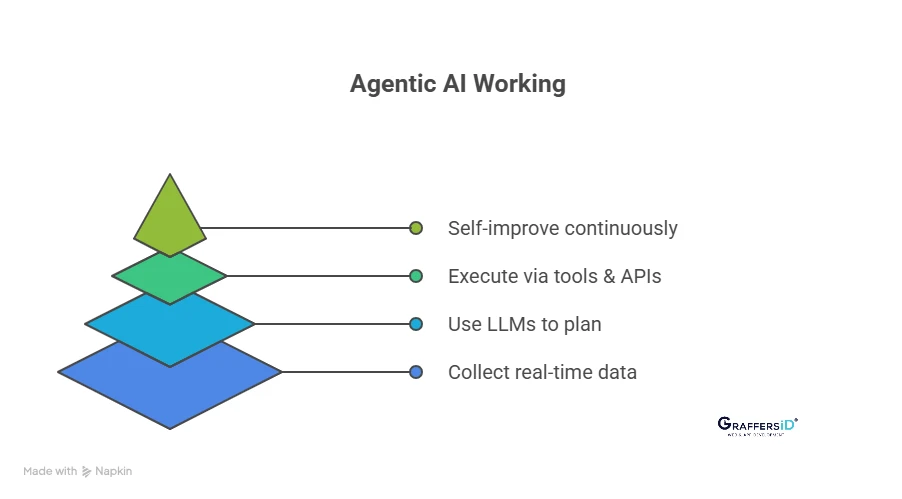
Agentic AI takes things further. Instead of being a single agent, it’s an orchestration system that manages multiple AI agents toward achieving broad, complex goals.
As IBM defines it: “An AI system that can accomplish a specific goal with limited supervision.”
Key features of Agentic AI:
- Autonomous decision-making: Minimal human input
- Goal-driven workflows: Multi-step execution
- Continuous learning: Adapts in real time
- Advanced reasoning: Handles dynamic, unpredictable contexts
Want to dive deeper into Agentic AI? Check out our detailed guide on Agentic AI here!
Example: If you ask an Agentic AI about ordering a pizza, it wouldn’t just list restaurants. It could compare restaurants based on reviews, delivery time, and dietary preferences, negotiate deals, and then place the order.
Agentic AI follows a 4-stage cycle:
- Perceive: Collect real-time data
- Reason: Use LLMs to plan
- Act: Execute via tools & APIs
- Learn: Self-improve continuously
Agentic AI vs. AI Agents: Key Capabilities and Differences in 2026
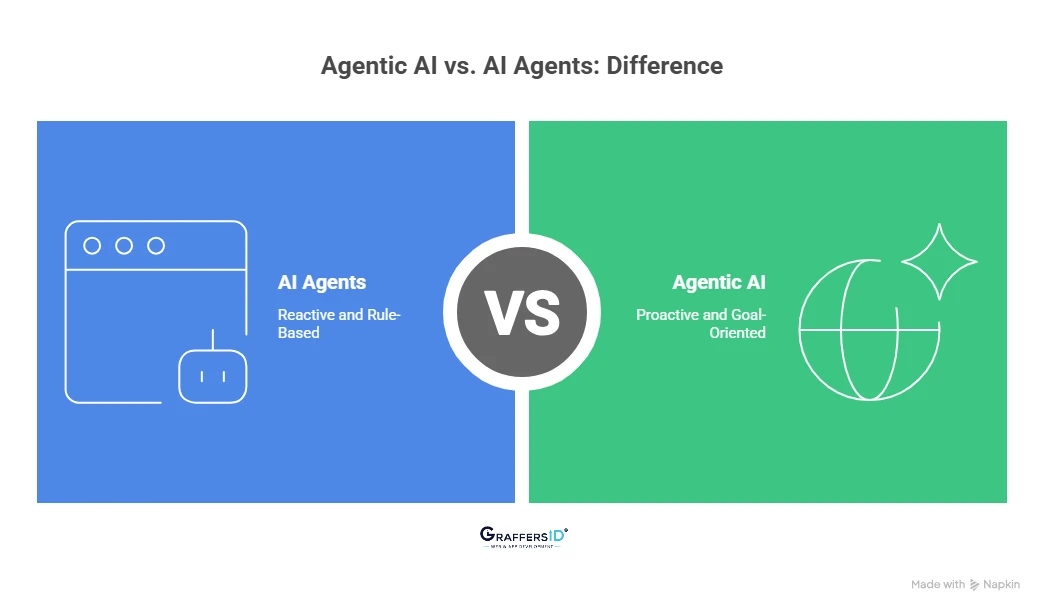
Autonomy: Reactive vs. Proactive
- AI Agents: Reactive. Act only when triggered (e.g., reset a password after a request).
- Agentic AI: Proactive. Anticipates needs, prevents problems, and acts strategically.
Industry stats:
- Reactive AI systems reach 95% accuracy in immediate responses.
- Proactive systems deliver 40% more long-term value through prevention and planning.
Decision-Making: Rules vs. Goals
- AI Agents: Rule-based (decision trees, protocols).
- Agentic AI: Goal-oriented (weighs factors, optimizes strategies, and adapts in real time).
Learning: Static vs. Adaptive
- AI Agents: Static models. They only improve when reprogrammed.
- Agentic AI: Adaptive. Learns from live data, updates its own logic, and transfers knowledge across domains.
Agentic AI vs. AI Agents: Key Differences (2026 Comparison Table)
| Feature | AI Agents | Agentic AI |
| Autonomy | Reactive, rule-based | Proactive, independent |
| Decision-making | Protocol-driven | Goal-oriented, strategic |
| Learning | Static, manual updates | Adaptive, reinforcement learning |
| Scope | Task-focused | Multi-domain coordination |
| Architecture | Standalone agent | Multi-agent orchestration |
| Human Input | Required | Minimal |
| Adaptability | Limited | Continuous |
| Use Case Fit | Short-term tasks | Long-term strategy |
Architecture and Design Differences: Agentic AI vs. AI Agents (2026)
Single-Agent vs. Multi-Agent
- AI Agents: Single, independent specialists.
- Agentic AI: Multi-agent orchestration, coordinating specialized agents toward shared goals.
Tool Calling & Integration
Agentic AI systems leverage frameworks like LangChain, LangGraph, AutoGPT, and MCP (Model Context Protocol) to:
- Call APIs intelligently
- Manage workflows across ERP, CRM, and HR systems
- Ensure enterprise-grade security and compliance.
How to Choose Between Agentic AI vs. AI Agents in 2026?
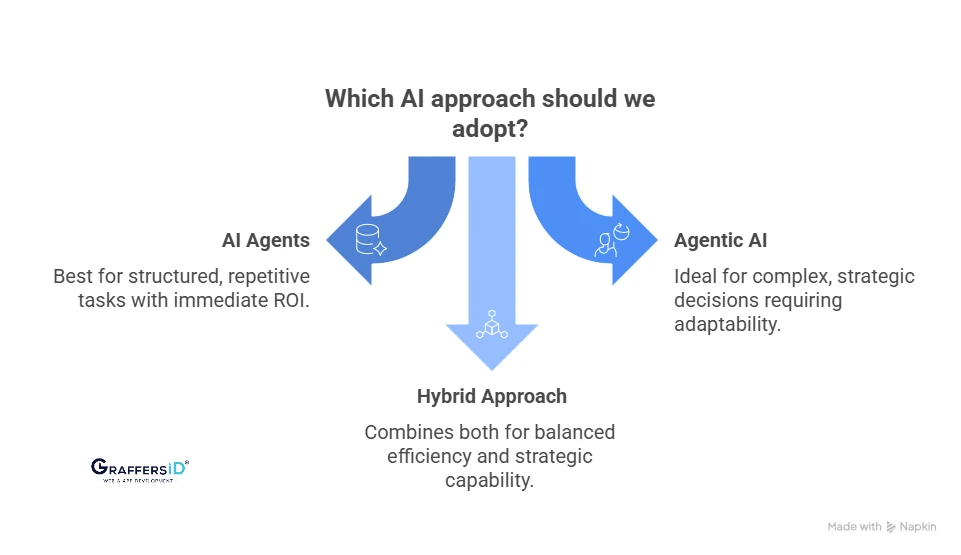
When to Use AI Agents?
AI agents are best suited for specific, rule-based tasks where automation can deliver quick results. Implement AI agents if your business needs:
- Structured, repetitive workflows: ideal for predictable processes like customer support or admin tasks.
- Cost-effective solutions: AI agents are budget-friendly and provide immediate ROI.
- Fast productivity gains: quick setup with minimal disruption to existing systems.
Read More: Agentic AI vs. Generative AI: Key Differences CTOs Must Know in 2026
When to Use Agentic AI?
Agentic AI is designed for complex, adaptive workflows that require strategic decision-making. Consider agentic AI when your business faces:
- Cross-departmental workflows: tasks that involve multiple teams or systems.
- Complex, strategic decisions: scenarios where context-aware reasoning is needed.
- Need for adaptability: environments that constantly change or require real-time adjustments.
Hybrid Approach
Many companies achieved measurable results with hybrid AI, combining AI agents and agentic AI to balance efficiency and strategic capability. In this approach:
- AI agents handle narrow, repetitive tasks.
- Agentic AI oversees multi-step, strategic processes for broader business goals.
The A-Frame Model can guide hybrid adoption:
- Awareness: Identify existing workflows and areas where AI can add value.
- Appreciation: Understand stakeholders’ priorities and expectations.
- Acceptance: Integrate AI as a tool to augment human capabilities.
- Accountability: Establish governance, performance metrics, and ethical oversight.
Conclusion
AI agents and Agentic AI are not the same, and knowing the difference will shape how businesses succeed with AI in 2026.
- AI agents: Best for repetitive, rule-based tasks.
- Agentic AI: Best for adaptive, strategic, multi-step processes.
Forward-looking enterprises are not choosing one over the other; they are adopting hybrid AI strategies, combining task-focused agents with Agentic AI systems to scale operations, cut costs, and stay competitive in dynamic markets.
At GraffersID, we specialize in building custom AI solutions, intelligent agents, and adaptive Agentic AI systems with top remote AI developers. Whether you need automation for specific workflows or enterprise-wide AI transformation, we’ve got you covered.
Hire AI Developers at GraffersID and future-proof your business with the right AI strategy.
